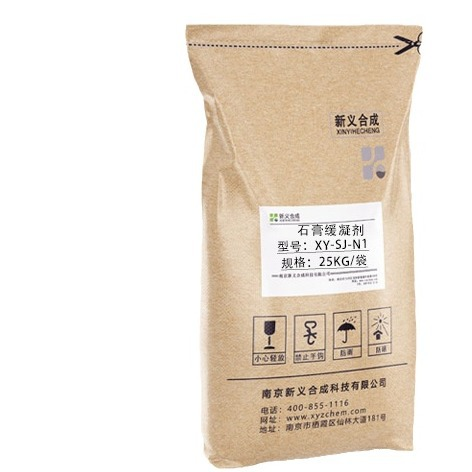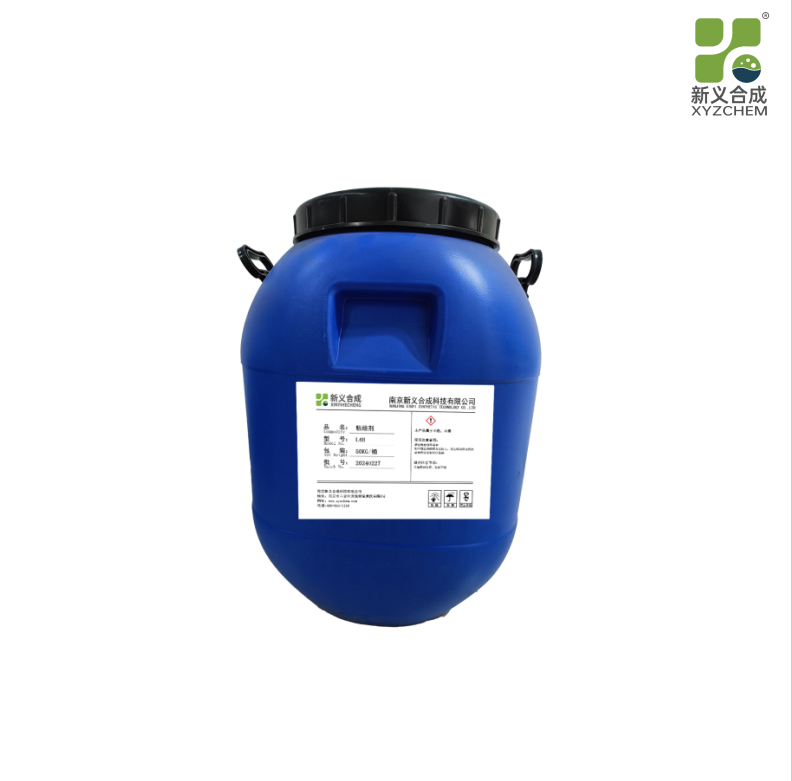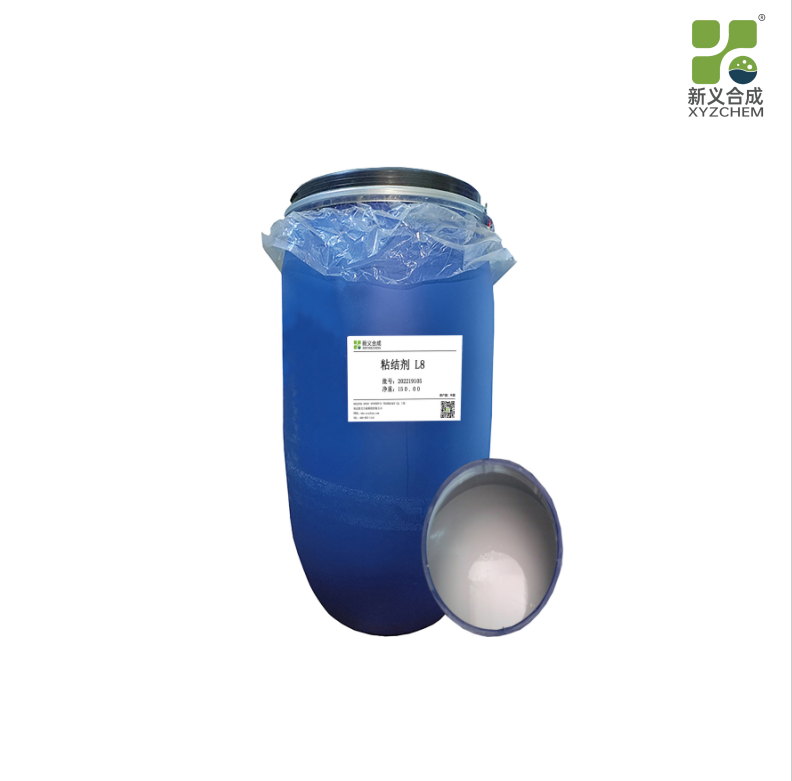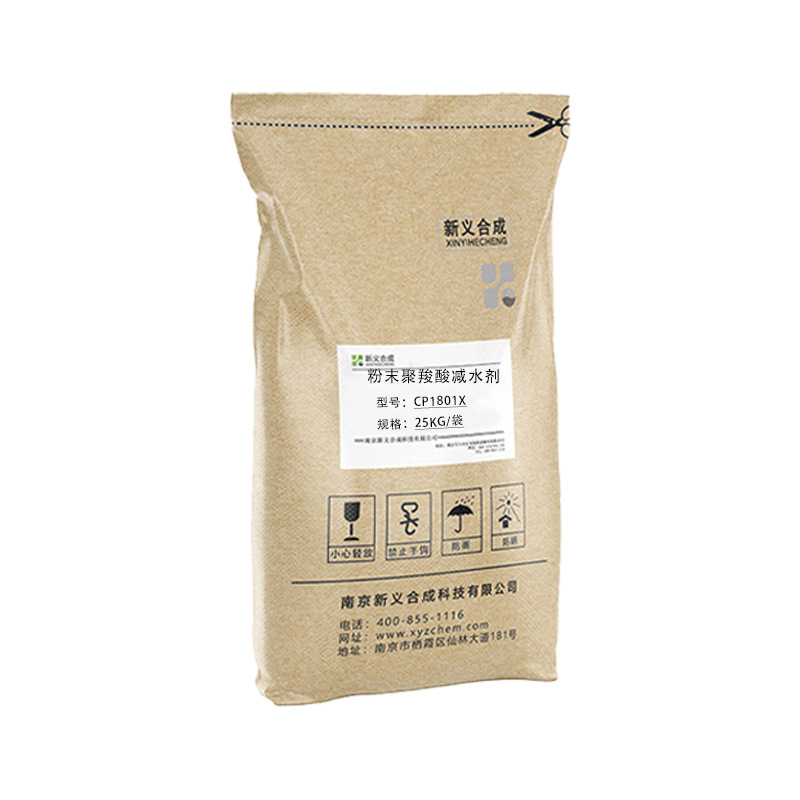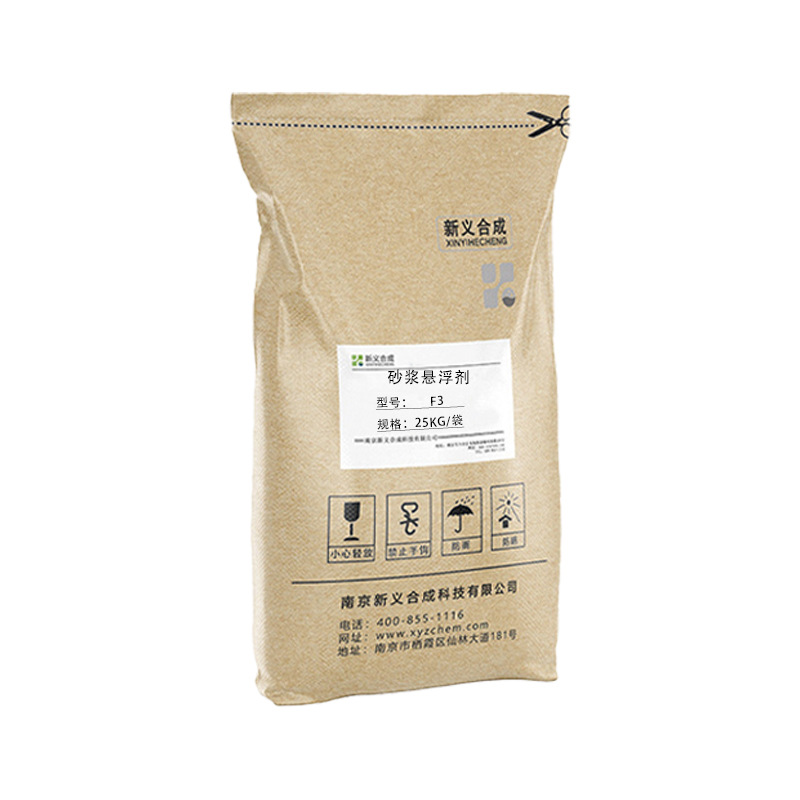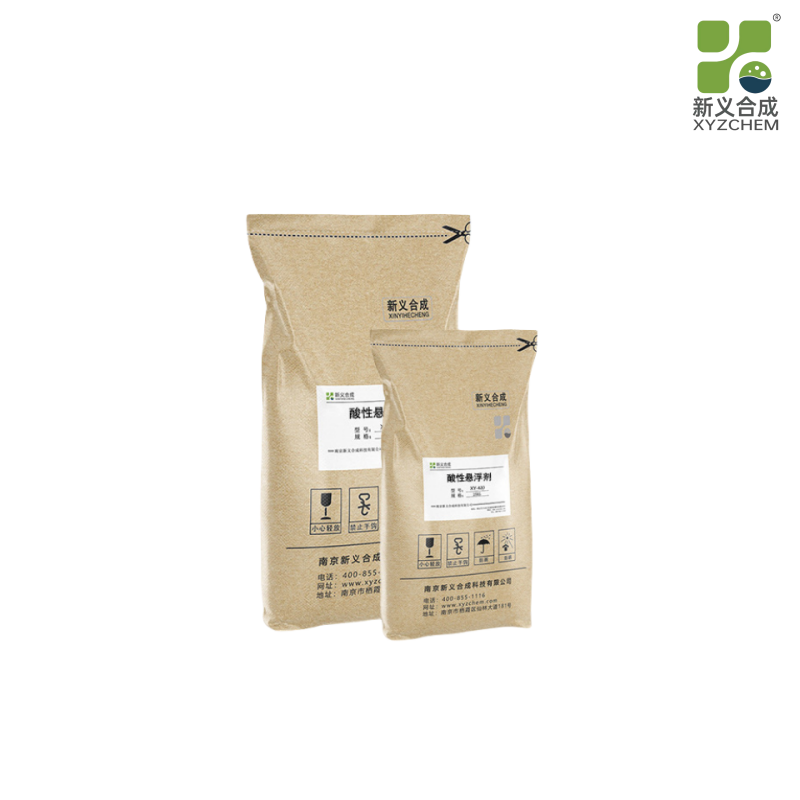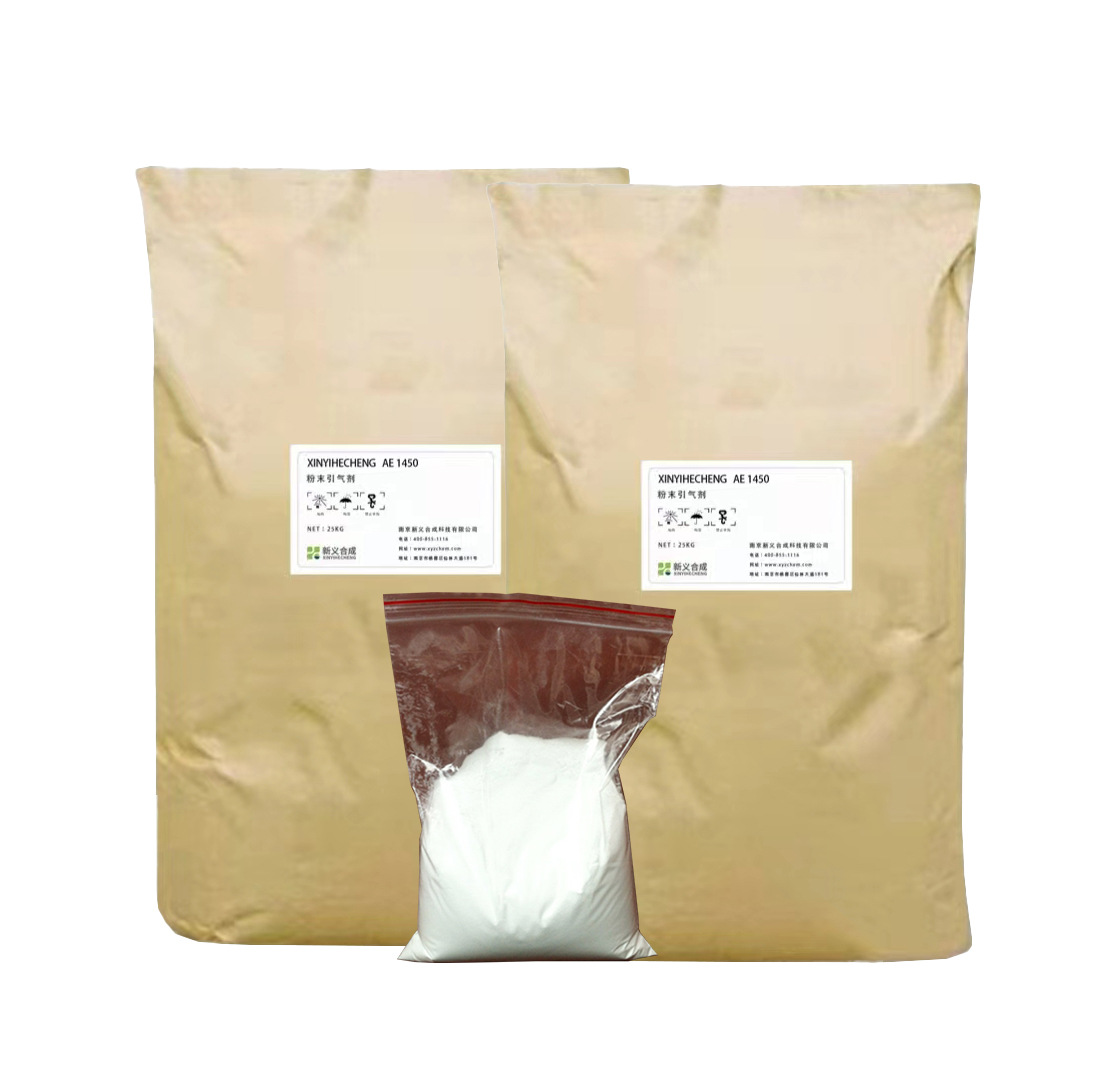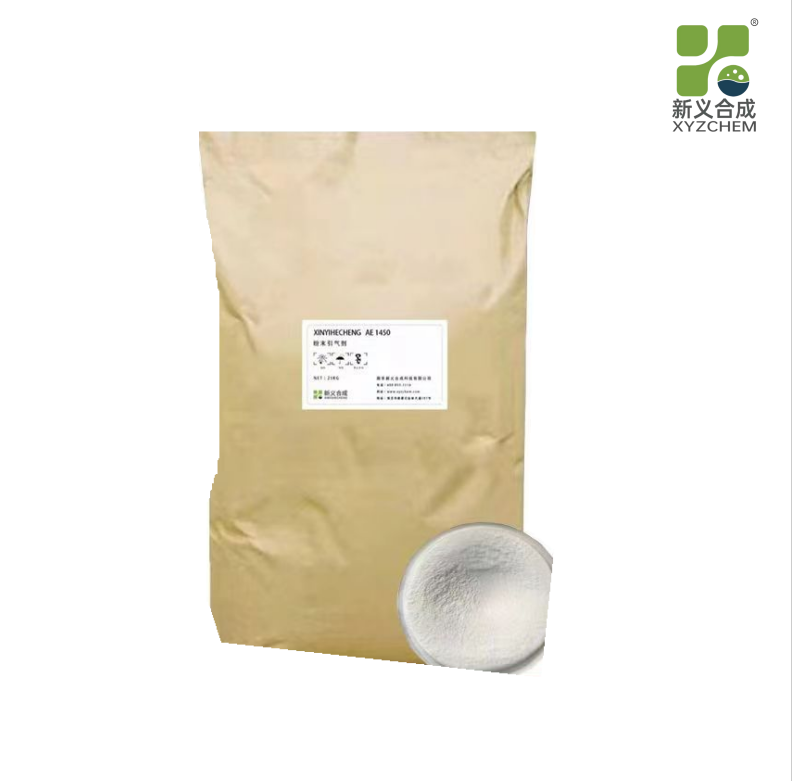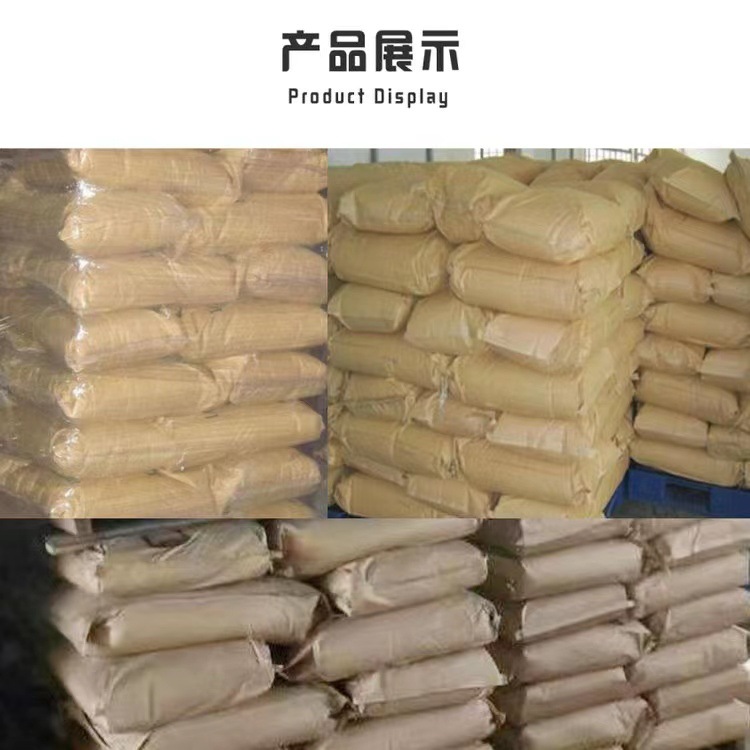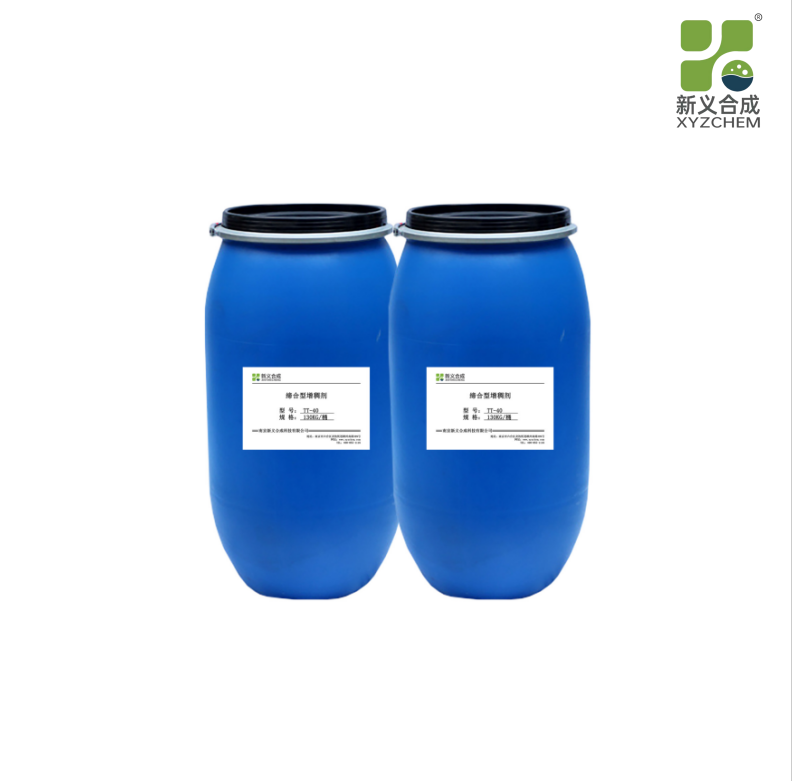Definition:
Air entraining agent is a kind of special admixture. It dissolves in water and is added to the concrete mixture. It can produce a lot of tiny bubbles during the mixing process.
Functions:
Improve the fluidity, cohesiveness and water retention of concrete mixes.
Improve the bending strength of concrete, when the gas content is 3%-5%, the bending strength can be increased by 10%-20%.
Enhance concrete’s freezing resistance, salt resistance, impermeability, sulfate resistance and alkali aggregate reaction resistance.
Improve the volume stability of concrete, enhance the weather resistance of field structure, and extend the service life of road concrete.
Type:
The main varieties include rosin resins, alkyl and alkyl aromatic sulfonates, fatty alcohol sulfonates, saponins, protein salts, petroleum sulfonic acid and so on.
Mixing amount:
The usual dosage is 50 ~ 500ppm of cement weight.
For example, the content of AH-1 is 0.01% to 0.03%, and the content of AH-2 is 0.6% to 0.7%. The content must be adjusted based on the requirements and application scenarios.
Applications:
It is mainly used for structures with high frost resistance requirements, such as concrete DAMS, road surfaces, bridge decks, aircraft field surfaces and other large areas vulnerable to freezing.
It is suitable for concrete structures with high durability, such as DAMS, high-grade highways, cooling towers of thermal power stations, water tanks, ports and so on.
It is suitable for concrete roads and Bridges with deicing salt, high workability concrete projects, pumped concrete, etc.
Technical features:
Add to the mixer with cement, sand and stone, and the mixing time should be extended by 1 to 2 minutes.
The concrete content of construction engineering should be selected as the low limit, and the hydraulic concrete content should be selected as the high limit.
The content of concrete with high freeze-thaw resistance and construction concrete in winter should be determined by test according to the requirements of concrete gas content.
Note:
The amount of exhaust gas is affected by the material of concrete preparation and the temperature of the preparation operating environment, and must be kept as stable as possible to control the fluctuation of the amount of exhaust gas.
High frequency vibration should not exceed 20 seconds.
In short, air entraining agent plays an important role in concrete construction and can significantly improve the performance and durability of concrete, but it is necessary to select and adjust the dosage reasonably according to the specific situation and requirements when using.
Preparation method
Initial mixing:
Sodium abietic acid, sodium dodecyl benzene sulfonate, sodium hydroxide solution and water are initially mixed according to the above ratio.
During the mixing process, ensure that the components are evenly distributed to avoid the formation of clumps or undissolved parts.
Stirring and heating (optional steps, depending on specific recipe requirements) :
If the formula requires, it can be stirred at a certain temperature to promote the full reaction and dissolution of the components.
The heating and stirring time should be adjusted according to the specific formula and product requirements.
Dilution and adjustment (optional steps) :
According to actual needs, an appropriate amount of water or other solvents can be added to the air entraining agent for dilution to adjust its concentration and consistency.
The dilution process should be carried out slowly to avoid foam or clumping.
Quality control
In the production process, the proportion and mixing quality of each raw material should be strictly controlled to ensure the stability and performance of the air entraining agent.
Necessary inspection and testing, such as pH, viscosity, stability, etc., can be performed to ensure that the entrained air agent meets the product requirements.
Storage
Store the prepared air entraining agent in a dry, cool and ventilated place, away from direct sunlight and high temperature.
When in use, it is added to building materials such as concrete or gypsum in accordance with the product instructions or recommended dosage to improve its performance.
